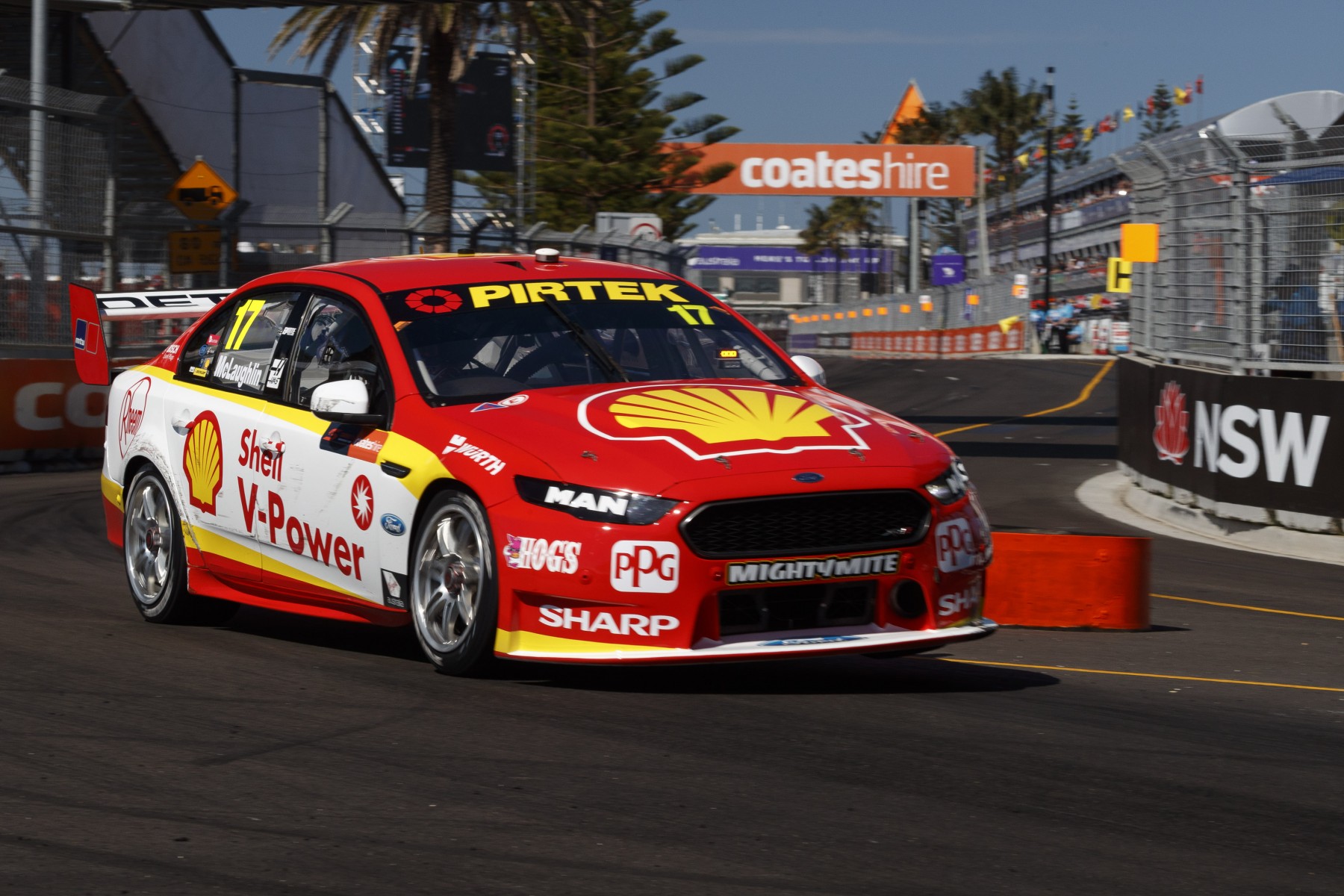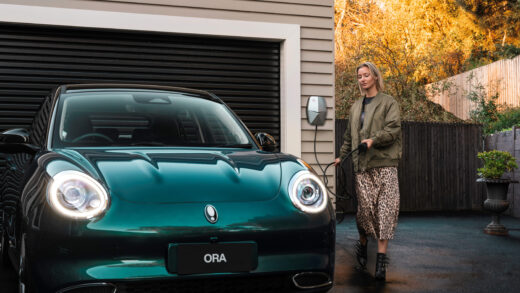G’Day and welcome to Overdrive, a program that roams through the world of motoring and transport
More of our thoughts, ideas and ramblings are covered on our website, podcast or social media – just search for Cars Transport Culture
I’m David Brown
And I am joined by the erudite Paul Murrell from Seniordriveraus.com
In this program (timings in mm:ss)
News Stories
- Melbourne City Council bans e-bikes (00:40)
- Nissan and Honda agree to joint research in fundamental technologies for next-generation SDV platform (13:35)
- A6 Sportback e-tron The most aerodynamic Audi of all time (19:52)
- Nissan trialling cool paint technology (26:38)
- Humans Are Going to the Moon-s South Pole This Is How They’ll Drive There (31:15)
Road Test – Peugeot 408 Fast Back Plug in hybrid (33:42)
Feature Interview (50:33)
Fighting against working from home. Vested interests support current financial structures on the back of making workers toil with commuting.
News story summaries
Melbourne City Council bans e-Scooters
In recent news, Melbourne City Council has taken a bold step by voting to ban rental e-scooters within the city, with a close vote of six to four. This decision reflects growing concerns about the misuse of e-scooters, including riders frequently speeding on footpaths, not wearing helmets, and disregarding safety rules. E-scooters, which many see as a modern convenience, have also been criticized for contributing to urban chaos and safety issues.
The debate surrounding e-scooters highlights the tension between their environmental and practical benefits and the challenges they pose in terms of safety and regulation. Some argue that e-scooters can be an effective solution for short-distance travel, reducing noise pollution and traffic congestion. However, the lack of proper infrastructure, such as safe bike lanes, and inadequate enforcement of rules have led to growing frustrations.
Melbourne’s move to ban e-scooters underscores the need for better management and regulation. Innovations like geofencing and AI-powered cameras are being explored to control e-scooter usage, but the balance between promoting sustainable transportation and ensuring public safety remains a critical issue.
Nissan and Honda share to develop Software Defined Vehicles
Nissan and Honda have signed a Memorandum of Understanding to collaborate on developing fundamental technologies for the next generation of Software Defined Vehicles (SDVs). These vehicles, designed around software, are expected to feature advancements in autonomous driving, connectivity, and AI, reflecting a shift in how car companies approach vehicle design and value.
The collaboration marks a significant departure from traditional rivalries, with the two automakers combining not just their technical expertise but also their data resources to enhance development outcomes. This partnership aligns with the broader industry trend of pooling knowledge to tackle complex technological challenges, such as creating a unified infrastructure for electric vehicles, including standardized charging systems.
However, concerns arise about the potential pitfalls of such technological advancements, particularly when AI and machine learning are involved. These concerns include the risk of perpetuating biases, as seen in previous cases where AI made flawed decisions based on historical data. The collaboration’s success will depend on how well it addresses both the technical and ethical challenges, ensuring that innovations ultimately benefit consumers rather than just serving corporate interests.
Audi A6 E-tron aerodynamics
The Audi A6 Sportback e-tron is now the most aerodynamic Audi ever, with a drag coefficient (CD value) of 0.21, placing it among the most efficient vehicles in its class, including competitors like the BMW 5 Series, Mercedes E-Class, and Porsche Taycan. Aerodynamics are crucial for electric vehicles, as reduced air resistance directly translates into improved energy efficiency and extended driving range. This focus on aerodynamics is not new for Audi, which has a history of innovating in this area, dating back to the 1980s with the Audi CD100.
Modern advances have significantly improved drag coefficients, making the once unimaginable figures, like 0.21, a reality. Audi’s design process, involving over 1,300 simulations and extensive wind tunnel testing, has resulted in features like the switchblade cool air intake, which alone contributes a 0.012 improvement in the CD value, adding about 12 kilometres to the vehicle’s range.
However, while these advancements enhance efficiency, they also spark debate about aesthetics, as some argue that aerodynamic design can lead to less visually appealing vehicles, although the A6 Sportback maintains a sleek and attractive profile.
Nissan trialling cool paint technology
Nissan is testing innovative paint technology designed to lower the ambient temperature inside cars during summer. Traditionally, it was believed that a black car would be hotter than a white car due to differences in reflectivity. However, earlier research indicates that the glass area of a car significantly influences internal temperatures more than paint colour.
The new technology utilises metamaterial composite structures with properties not typically found in nature. This advanced paint aims to reduce the need for air conditioning, thereby saving energy. Despite these innovations, large glass sunroofs, which are popular for aesthetic reasons, can cause cars to heat up quickly.
This has raised concerns about their impact on both comfort and fuel consumption. In hot climates like Australia, such design choices can be problematic, as they exacerbate the heat inside the vehicle, often necessitating the use of air conditioning before driving. This, in turn, leads to increased fuel use and emissions.
Humans Are Going to the Moon’s South Pole
Humans are preparing to explore the Moon’s South Pole, but transportation on the lunar surface presents unique challenges. Unlike Earth, the Moon’s environment lacks oxygen and has extreme temperatures, ranging from -180°F to +260°F.
How has vehicle technology improved since the last lunar vehicle, deployed 50 years ago?
There is (tongue in cheek) concern that replicating Earth’s car technology (with all its fancy features and difficulties in understanding what they are doing) on the Moon would overly complicate astronaut training.
Elon Musk’s potential involvement in developing a Moon rover could lead to a design resembling current Earth vehicles, recalling his earlier stunt of sending a sports car into space.
Web Site: Driven Media: drivenmedia.com.au
iTunes: Cars Transport Culture
Spotify: Cars Transport Culture
Or our social pages
Or YouTube site
Search for Cars transport culture
And this has been overdrive
Thanks to
- Paul Murrell
- Prof David Hensher
- Peugeot Australia
- Mark Wesley
- Bruce Potter
for their help with this program.
You can get more of our work including longer versions of the program on our website, through our podcasts, or more visual information on Facebook, Instagram or YouTube. In all cases search for cars transport culture.
Overdrive is syndicated across Australia on the Community Radio Network
Originally broadcast 17 August 2024
I’m David Brown
Thanks for listening






